
Developer: Kaiko
Publisher: THQ Nordic
Platform: Switch, PS4, Xbox One
Tested on: Switch
Kingdoms of Amalur: Re-Reckoning (Switch) – Review
The original version of Kingdoms of Amalur made its debut in 2012, and while it never had the same impact as other open-world titles of the same era -we’re looking at you, Skyrim- it found a beloved home with a niche audience. Even so, publisher 38 Studios went bankrupt and the franchise was considered dead until THQ Nordic revived it in 2020, when they released Kingdoms of Amalur: Re-Reckoning for PS4 and Xbox One. Re-Reckoning now gets yet another lease on life, as THQ Nordic have managed to fit the massive world of Amalur into Nintendo’s hybrid device. How does Kingdoms of Amalur: Re-Reckoning hold up a decade after its debut, and squeezed into a handheld console?
Story
Set against the background of a raging war between the Elf-like Tuatha and the immortal races, Kingdoms of Amalur: Re-reckoning puts you in the role of the Fateless One, a character that was brought back from the dead through the experiments of gnome scientist Fomorous Hugues. When Hugues’ secret laboratory is attacked by the Tuatha, during the game’s lengthy opening stages, the Fateless One manages to escape, although now separated from Hugues.
We could go on and on about the game’s universe, which was created by famed fantasy writer R.A. Salvatore, who created the Forgotten Realms setting for Dungeons and Dragons and the DemonWars Saga series of books. Rest assured, there is a lot to take in here, from the various tensions between the races that inhabit Amalur all the way down to the abilities of the mysterious Fateweavers, who are able to see the future.
Graphics
Although the “Re-Reckoning” in the title hints at a full remaster of the visuals, we were a bit disappointed to see that only minor changes were made to the graphics. The resolution was bumped up a bit but the game doesn’t look too different from its 2012 original release. This might be a consequence of the Switch not being the most powerful console and the PS4 or Xbox versions might fare a bit better here. That said, the world of Amalur looks decent, even a decade after it first graced our screens. While the world might not seem as large and open as the world of Skyrim, it does have a cartoonish fantasy feel to it. Character models look outdated, unfortunately, and we ran into a minor annoyance where during dialogue the player character’s equipment and armour blocked out the face of who they were talking to.
The Switch version’s framerate isn’t buttery smooth, as there are some performance issues here, but the game does run at 30 FPS for the most part, with occasional stuttering. Given that there had to have been a few compromises to get a title this size running on Nintendo’s hybrid, this isn’t completely unexpected, and it shouldn’t bother anyone too much.
Sound
Providing the OST for Kingdoms of Amalur is Grant Kirkhope, whom you might know as the composer for titles such as Donkey Kong 64, World of Warcraft: Shadowlands and GoldenEye 007. The music here is fantastic and lends a feeling of epicness to the world. This is further enhanced by the sound effects, with swooshing weapon sounds and additional effects that add gravitas to the fights. The icing on the cake here is the voice acting. Not only does Kingdoms of Amalur offer up a game that is fully voiced, but the cast features engaging performances by the likes of Laura Bailey, Jim Cummings, Kari Wahlgren among others. The majority of the voice cast consists of veterans that know how to bring a character to life through their intonation.
Gameplay
Kingdoms of Amalur: Re-Reckoning is a remaster of the 2012 open-world fantasy RPG that originally launched on Xbox 360 and PS3. Players take control of the Fateless One, a character they create themselves from one of four races, before exploring a vast world that offers hundreds of hours of open-world gameplay, where they have the main storyline to pursue, of course, but also dozens of side-stories and quest lines. Many of the sidequests are par for the course, and involve fetching things or slaying a number of enemies, but even the blandest sidequests are accompanied by a side-story that makes sense within the world of the game. One of the earlier quests we ran into, for example, saw a wolf that was turned into a man by sprites, and tasked us with dealing with the sprites first, before chasing a teleporting well in order to obtain water that would return our new friend to his original furry form. It’s exemplary of how Kingdoms of Amalur doesn’t really take itself too seriously. Despite the overarching end-of-civilization-as-we-know-it main story, there is plenty of silliness to be found in this fantasy world.
It’s stuff like this that makes the world of Amalur so engaging, so it’s wonderful to see that the game is also very accessible, allowing even the most inexperienced adventurer to discover Amalur without having to worry about things becoming too complicated. The game’s combat system is easy to learn, and allows you to really customize it to fit your playstyle. For the most part, the way you fight is determined by the weapons that you choose to equip yourself with, something that is reminiscent of the Monster Hunter series. Weapons combine with abilities that you unlock as you level up, allowing you to specialize in fighting with particular equipment, and as you get invested in the game’s job system, you’ll likely end up combining the best parts of several different classes that suit your playstyle. It’s a very organic system that is easier to learn naturally by playing rather than studying it beforehand which serves as a testament to how friendly Amalur is to newcomers.
That’s not to say that ARPG veterans will scoff at the game’s leveling up mechanics either, as min-maxing your character does require some understanding of where to put your skill points before you hit the level cap. The sheer amount of customization on offer here means that there is plenty of incentive to replay the game with differently built characters. During our time with the game, we went for a stealthy assassin-style build with a knack for speechcraft, but you could go for a mage or a tank depending on your preferred playstyle.
The game’s unique gimmick lies in how you are able to obtain fate energy by killing enemies. Once your fate bar fills up, you can then activate this, slowing down time and allowing you to unleash devastating moves that not only deal massive damage, but will also reward you with additional XP. Using this power feels counterintuitive at first, as most people tend to keep their most powerful attacks for when they need them the most rather than waste them on a group of low-level minions, but here the game encourages you to use this ability, so you should really use it whenever you can.
The game does suffer from balance issues, especially during its earlier stages. Your character is a powerhouse from the get-go, relatively speaking, and you’ll be able to simply walk over most of the early enemies. Additionally, as Kingdoms of Amalur: Re-Reckoning includes all DLC, you’ll also find a chest in one of the earliest villages containing a massive stash of DLC weapons and armor, all of which is of much higher quality than what you should be able to access at this point in the game. Loading up with this equipment means you’ll be incredibly overpowered during the game’s first few hours, taking away some of the challenge, which does diminish the experience somewhat unless you feel like going on a power trip. This is somewhat mitigated by the fact that you can only carry a limited number of items, and that you don’t have a storage space until later in the game but there is nothing stopping you from simply picking your preferred weapons from the DLC chest and rolling with them.
Conclusion
Despite a few minor issues, which are a consequence of the original game’s age, Kingdoms of Amalur: Re-Reckoning holds up surprisingly well on the Switch. While it might not be the most impressive open-world title on the Switch, it’s certainly in the top five. If you’re looking to explore a new world in the palms of your hand, Amalur just might be the place you should visit.
Kingdoms of Amalur: Re-Reckoning (Switch) - Review,2 Comments
Leave a Reply
You must be logged in to post a comment.

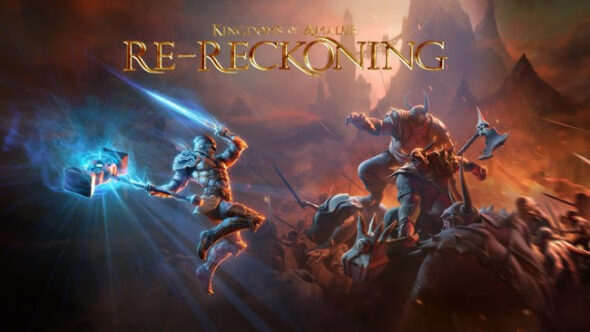
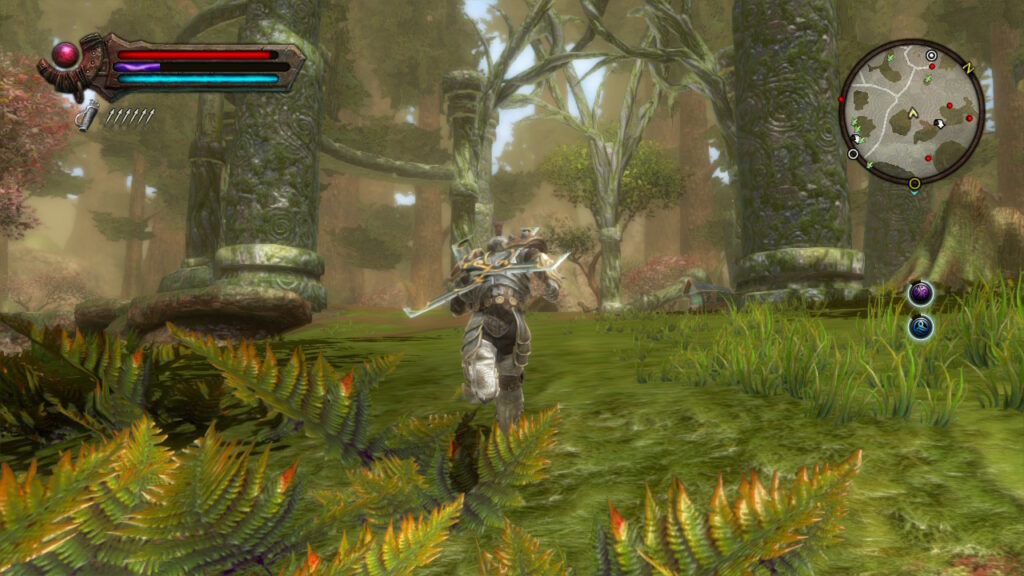

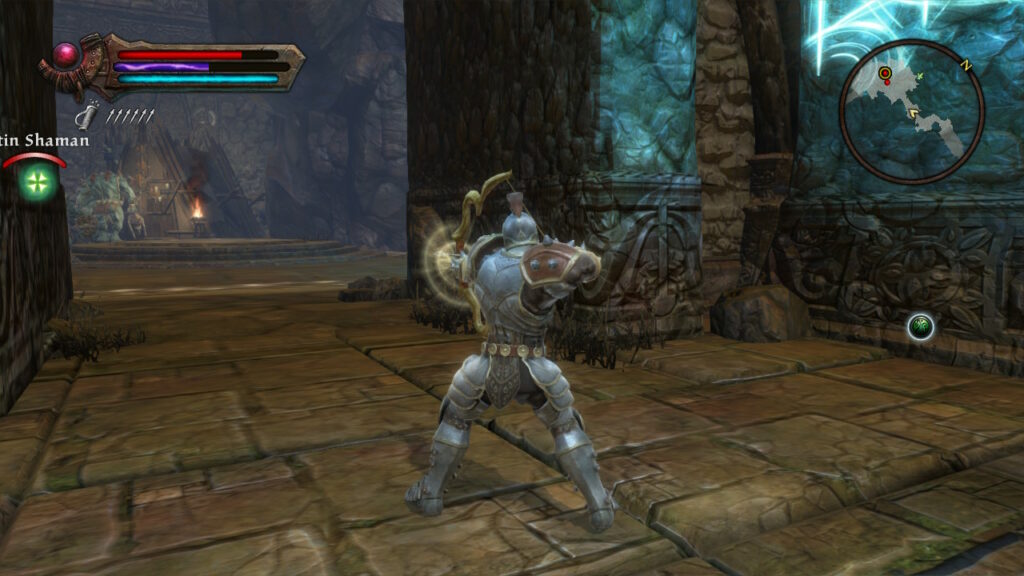
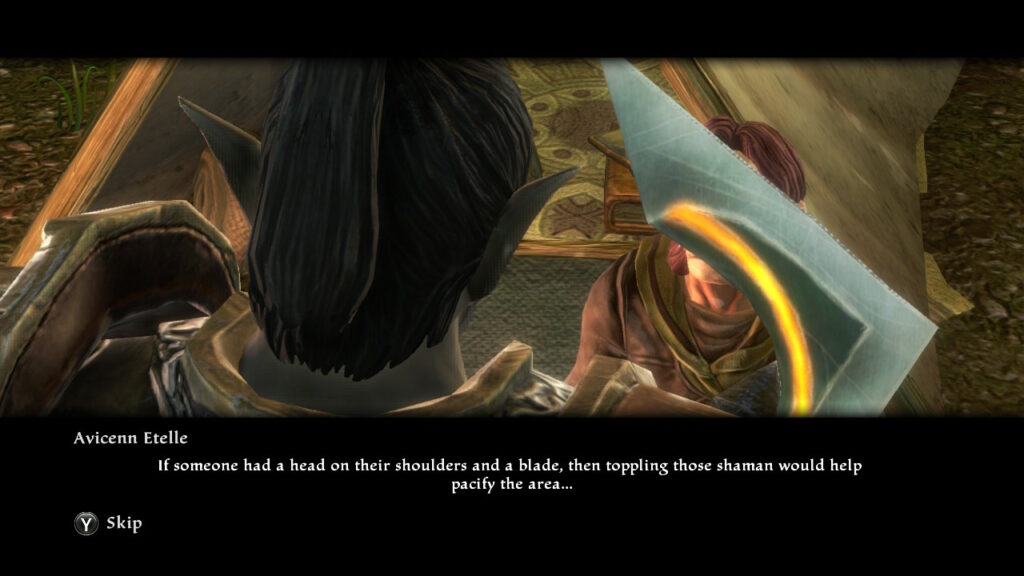
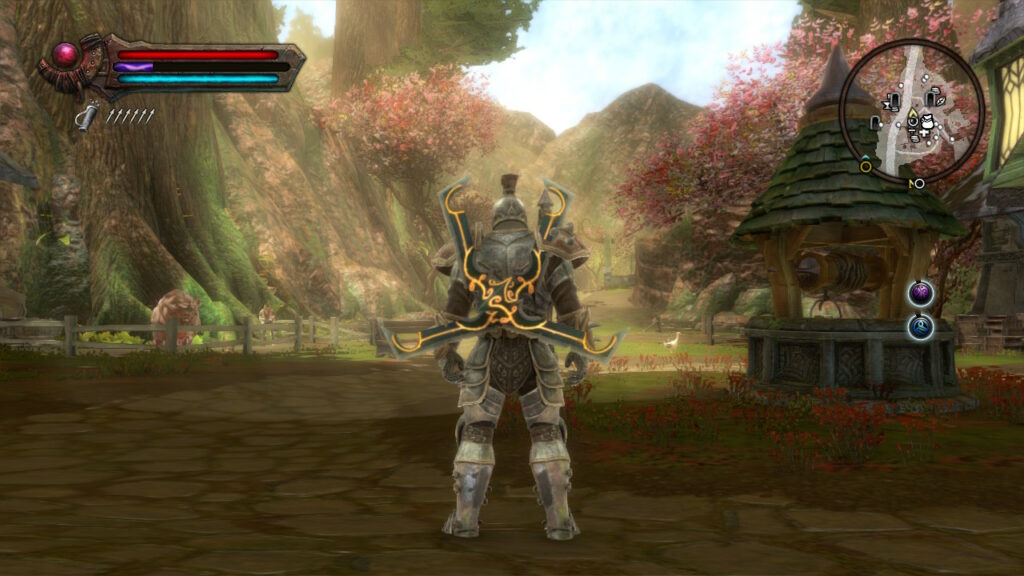




[…] to dust off your copy of Kingdoms of Amalur: Re-Reckoning, as today sees the release of the long-awaited expansion Fatesworn. This brand new DLC continues […]
[…] differ all that much from what we’ve seen in Re-Reckoning. Granted, yours truly originally played Re-Reckoning on the Switch, but given that Fatesworn isn’t available on Nintendo’s hybrid console, we had to move to the […]